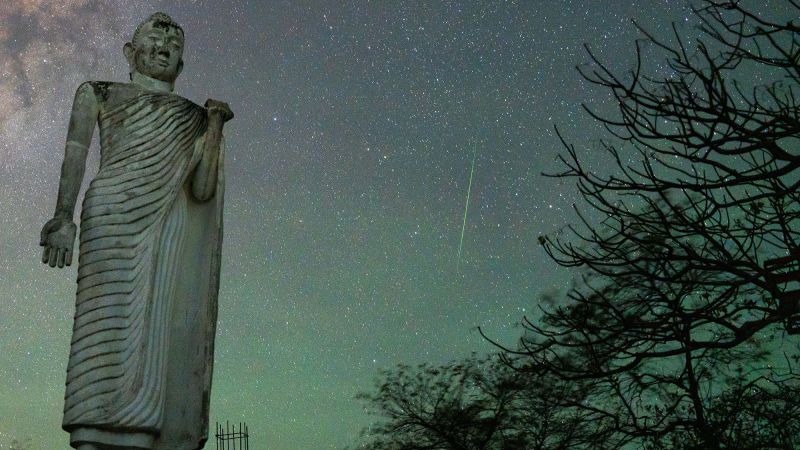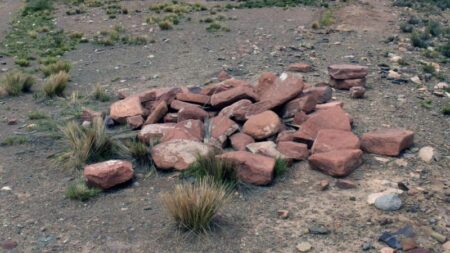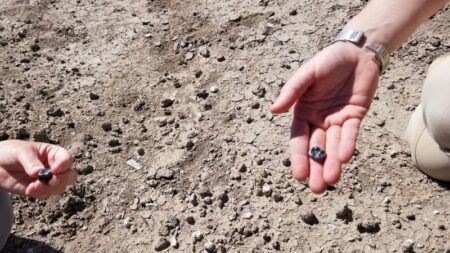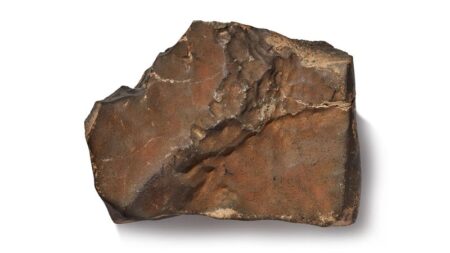This week presents a delightful opportunity for sky-watchers, as two prominent meteor showers—the Alpha Capricornids and the Southern Delta Aquariids—are set to illuminate the night sky. Both of these celestial events promise to captivate viewers with their stunning displays of cosmic fireworks, providing a chance to experience the wonders of astronomy.
The Alpha Capricornids meteor shower, renowned for its exceptionally bright meteors known as fireballs, is expected to reach its peak visibility around 1 a.m. Eastern Time on Wednesday. According to Robert Lunsford, who serves as the fireball report coordinator for the American Meteor Society, these luminescent streaks seem to emanate from the Capricorn constellation. While visible worldwide, this shower tends to be most easily observable from the Southern Hemisphere, particularly in regions like Australia and Africa. It is projected that viewers can expect to see approximately three to five meteors per hour. Those watching from the Northern Hemisphere should direct their gaze low towards the southern sky for the best chance of spotting these celestial visitors.
As night progresses, viewers can anticipate the Southern Delta Aquariids to also reach peak activity at 3 a.m. Eastern Time on Wednesday. Lunsford notes that this meteor shower, which is notably more robust than the Alpha Capricornids, can offer those in the Northern Hemisphere, including the United States, the opportunity to witness around ten to fifteen meteors per hour. In contrast, observers situated in the Southern Hemisphere may see an impressive twenty to twenty-five meteors during the same timeframe. The Aquariids appear to radiate from the southern part of the Aquarius constellation, roughly 40 degrees east of Capricorn, resulting in a visually stunning competition between the two showers, as Lunsford describes their interaction as a cosmic duel.
Following their peak, both meteor showers will continue to remain active until around August 13. However, there may be some variance in the exact peak dates. Experts from the American Meteor Society suggest that peak activity will occur early Wednesday morning, while NASA researchers propose it might transpire on Wednesday night into Thursday. Cooke, the lead for NASA’s Meteoroid Environments Office, emphasizes that the timing of meteor shower peaks can fluctuate from year to year, typically varying by a day or two.
In case you miss the peak, Lunsford reassures aspiring astronomers that there’s no need for concern. He points out that the peak activity isn’t sharply defined, allowing viewers to still witness a significant number of meteors even outside the designated peak nights. To fully enjoy the experience, it’s recommended to choose a location with minimal light pollution and unobstructed views of the night sky. Opting for elevated terrains, such as hills or mountains, can also enhance visibility.
Interestingly, the concurrent occurrence of various meteor showers is common in astronomy, as noted by Cooke. Currently, not only the Alpha Capricornids and Southern Delta Aquariids are active, but the Perseids meteor shower is also on the cusp of its season. Although it has not yet peaked, Lunsford indicates that it is still possible to catch a few Perseid meteors intermixed with the others.
The origins of the Alpha Capricornids and the Southern Delta Aquariids stem from Earth traversing through the debris fields left by specific Jupiter-family comets: 169P/NEAT and P2008/Y12, respectively. Cooke further highlights the annual variations that occur as Earth gets closer to the core of the debris that produces the Alpha Capricornids, predicting that in about 200 years, this meteor shower may become the most prolific, potentially yielding over a thousand meteor streaks per hour.
This week represents a unique chance for interested individuals to count and report their meteor sightings to organizations like the American Meteor Society, contributing to the global understanding of these remarkable celestial events. Furthermore, sky enthusiasts can look forward to additional meteor showers throughout the upcoming weeks, with notable ones like the Perseids slated for August 12-13, the Draconids on October 8-9, and the Geminids expected on December 12-13, enriching the cosmic experience in the latter half of the year.
Alongside these meteor showers, sky watchers should keep an eye out for five remaining full moons in 2025, including supermoons in October, November, and December. Other astronomical events, such as a total lunar eclipse on September 7-8 and a partial solar eclipse on September 21, will offer even more occasions to marvel at the splendor of the universe. Each of these events provides a backdrop for exploration and appreciation of the celestial phenomena that continuously enrich our understanding of the cosmos.












